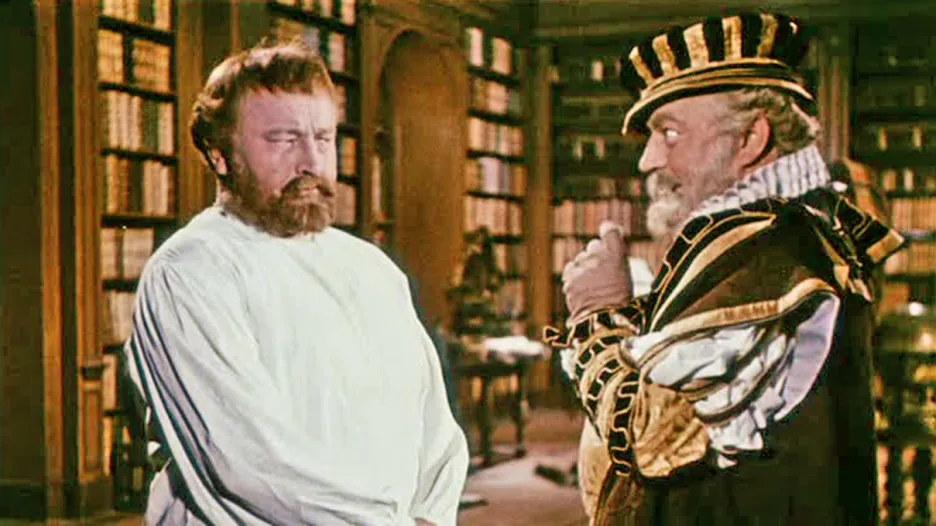According to the theatrical Golem
Werich also wrote the screenplay for the film, together with Jiří Brdečka and director Martin Frič. They were inspired by the play Golem presented two decades earlier at the Liberated Theater.
Cameraman Jan Stallich also had experience with the golem. In 1936, he made a film of the same name by the French director Julien Duvivier in the Barrandov studios, which also dealt with the theme of the Old Prague legend, but not as a comedy, but in a gloomy spirit.
By the way, the Emperor’s Baker was only Stallich’s second experience with color film – after the drama about Jan Roháč of Dubá.
The director and the actors changed
Filming first began under the direction of Jiří Krejčík, but after disagreements with Werich, the director was “reassigned”. “There was probably a clash of ideas there, and Werich had the authority to choose his director, Martin Frič, with whom he had already made two films in the 1930s,” adds Bregant.
Therefore, some scenes were re-filmed, as the cast changed. Karel Höger, for example, who was to play Master Kelly (he was replaced by Jiří Plachý), resigned himself, Jan Pivec declined the role of Marshal Russworm and was replaced by Zdeněk Štěpánek.
As the alchemist of Scott, Werich succeeded Sasha Rashilov’s František Černý instead of Sasha, and Sirael played the “medium” of Nataša Gollová instead of Irena Kačírková, who was helped by Frič and Werich to get out of the post-war film curse. Due to her relationship with Wilhelm Söhnel, who represented German supervision in the Barrandov studios, she faced charges of collaboration after the release.
Marie Vášová, otherwise a representative of tragic characters, played one of her few purely comedic roles – the emperor’s girlfriend, Countess Stradová. In addition to other well-known actors, such as Bohumil Záhorský, Josef Kemr, Miloš Kopecký or Lubomír Lipský, the then architecture student and later famous director Věra Chytilová was also given the opportunity to act as one of the ladies of the court.
Costumes according to Trnka
The costume design bears the manuscript of Jiří Trnka. “He was the author of all the costume designs and was able to give them such a clear character that they work with a historical, authentic look, but at the same time they are adapted so that the camera can capture them so that they are part of the acting,” explains Bregant.
Czech viewers know the story of The Emperor’s Baker and The Emperor’s Baker as a two-part film, but a one-part version with 112 minutes was created. It was intended for screenings abroad.
– .

